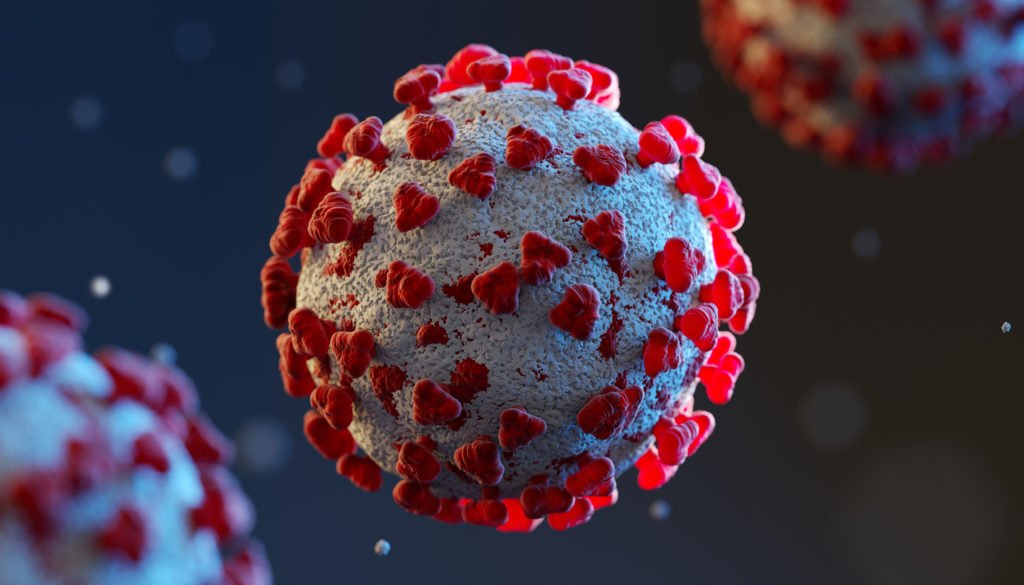
Key stages of the Sars-CoV-2 life cycle
SARS-CoV-2 the causative agent of COVID-19 is a member of the highly diverse coronavirus family, named for the crown-like spikes present on their surface. Like other members of this virus family, SARS-CoV-2 is an enveloped, positive-sense, single- stranded RNA virus.
There are several key stages in the SARS-CoV-2 life cycle, including binding, entry, proteolysis, RNA replication, and exit. Understanding the full viral life cycle may shed light on current therapies and potential therapeutic targets at each stage. Monoclonal antibodies can be used to interfere with SARS-CoV- 2 entry into the host cell, and RNA replication may be decreased through use of nucleoside analogues. Halting viral replication by inhibiting proteolysis by a protease inhibitor is another area of interest.
Binding and Entry
Coronaviruses, including SARS-CoV-2, can impact many organs, but typically infect the respiratory and gastrointestinal tracts. The specific glycoprotein spike structure of SARS-CoV-2 binds to angiotensin- converting enzyme 2 (ACE2) receptors, which along with host proteases mediate cell entry. Spike protein mutations occur frequently, which may increase both binding to ACE2 receptors and entry efficiency.
Once the virus releases its RNA into the host cell, translation begins immediately utilizing the host cell ribosomes. Translation forms two large polypeptide chains: pp1a and pp1ab. These chains will then undergo proteolysis.
Proteolysis
Proteolysis involves the cleavage, or breakdown, of polyproteins by the protease. This is a critical step in the SARS-CoV-2 life cycle: proteins formed by proteolysis are essential for viral replication.
SARS-CoV-2 proteolysis is driven by two virally encoded proteases, the 3C-like protease, 3CL (known as the main protease); and the papain-like protease. The 3CL protease cleaves the viral pp1ab polyprotein at 11 sites, while the papain- like protease cleaves at 3 sites, generating proteins critical for viral replication.
Despite coronaviruses being subject to extensive mutagenesis, proteases are highly conserved among coronaviruses. SARS- CoV-2 proteases are potential targets for stopping replication
RNA Replication and Exit
Following proteolysis, the functional proteins form the replicase-transcriptase complex and replication of the virus begins, a process partly mediated by the RNA-dependent RNA polymerase (RdRp). The SARS-CoV-2 RdRp is error- prone and can lead to the emergence of mutations at this step of the viral life cycle, which may lead to variants.
The assembly of viral structural proteins and the packaging of viral genomes then forms new virions. Once packaged, the
virions are released from the cell via exocytosis and are free to invade other host cells. Over the course of several replication cycles, a single virus entering a host cell can form millions of virions that further spread infection in a process that continues until overcome, highlighting the need to stop viral replication early after infection with SARS-CoV-2

